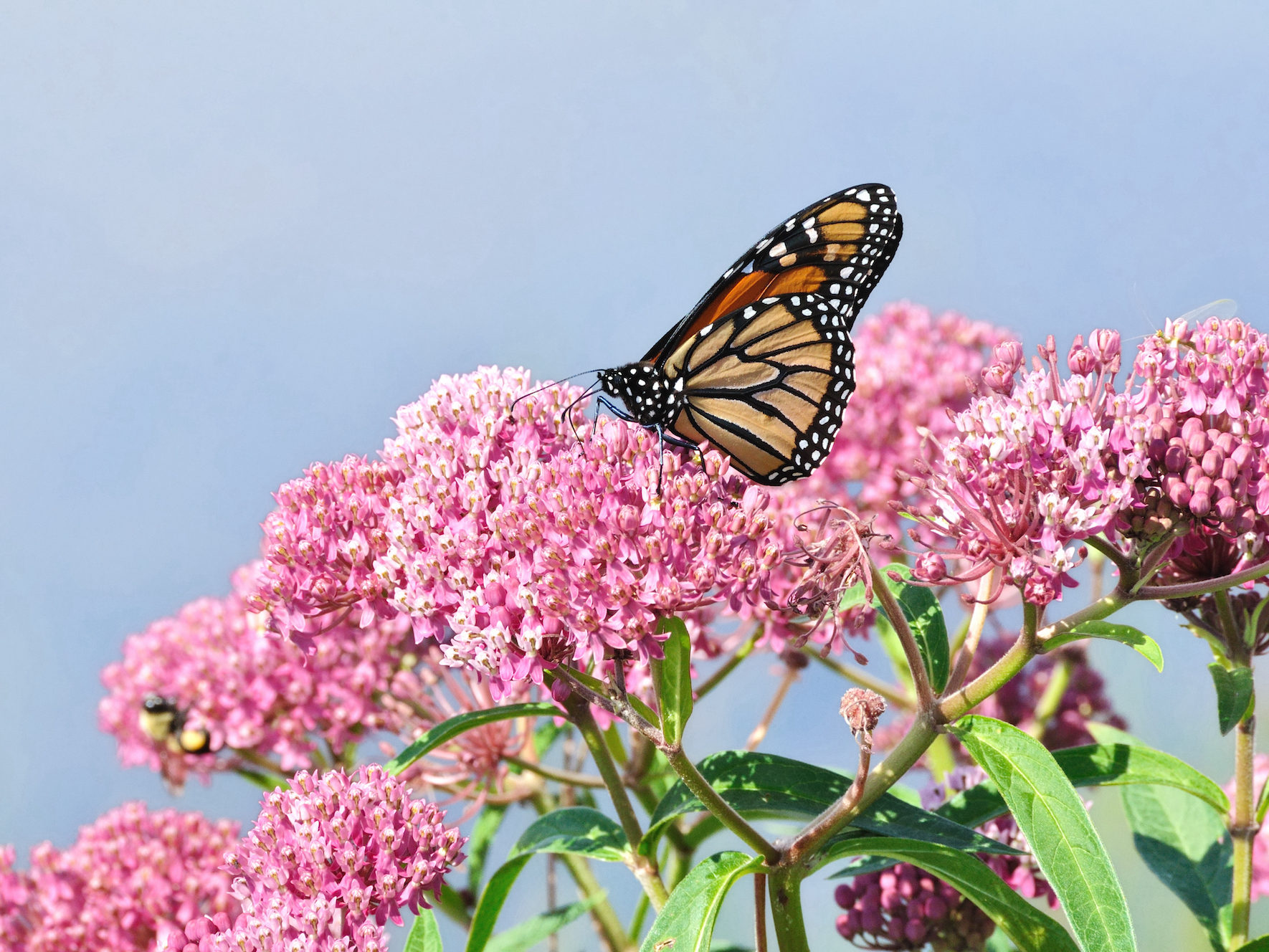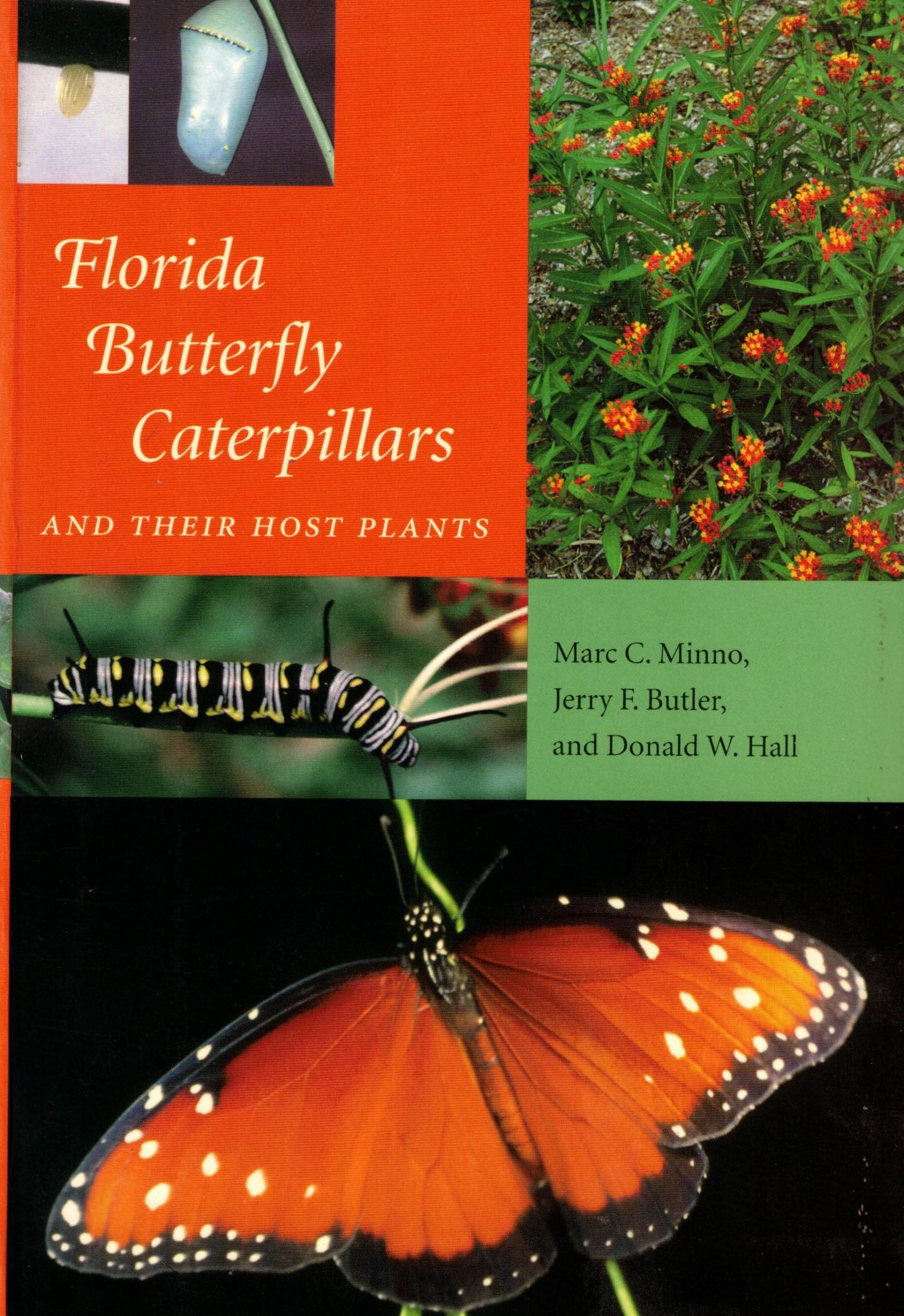Butterfly expert Dr. Marc Minno’s message is alarming.
“We are losing caterpillars and butterflies in Florida. Five or six specific to Florida are threatened or endangered. Three butterflies unique to Florida have gone extinct. Twenty or so other species are in peril. They are rapidly disappearing. We are losing some of our biological treasures.”
By Joe Guidry
Yet Minno, the author of numerous books on butterflies and a former president of the Southern Lepidopterists’ Society, wants Floridians to know they can do something about it.
Minno will be a speaker at the Florida Birding and Nature Festival Oct. 20 to 23, 2022 at the Florida Fish and Wildlife Conservation Commission’s Suncoast Youth Conservation Center in Apollo Beach. He’ll also lead a field trip to the Fred and Ida Schultz Preserve.
“You can help by planting a butterfly garden,” he says. “Just one plant can be helpful, but you would be amazed what a butterfly garden can do.”
Butterflies need all the help they can get.
Minno points to the “usual suspects” in their population loss: Habitat destruction, chemical spraying, climate change and exotic species.”
Big Pine Key in the Florida Keys, he says, is an example of where climate change threatens butterflies. “The pine trees (which require freshwater) are disappearing, from sea-level rise.” The result: The loss of critical habitat for the Miami Blue, Bartram Scrub Hairstreak, the Schaus Swallowtail and other imperiled butterflies.

While climate change, habitat destruction and chemical spraying get more attention, Minno says exotic insects also take a terrible toll on butterfly numbers. “Three species of ants introduced since the 1970s specialize in eating butterflies’ eggs and caterpillars.”
By the 1980s, naturalists reported serious butterfly declines. Now many species of butterflies, especially in South Florida, are in jeopardy. Minno stresses the “exotic predatory ants” may be more of a threat to butterflies than pesticides. “They are why we are losing butterflies in the Everglades National Park, where we have millions of acres that are never sprayed.”
The three culprits are the Mexican twig ant, little fire ant and red imported fire ant. “They also have been implicated in the decline of ground-nesting birds and reptiles,” Minno says.
He is not optimistic about eradicating the ants. “They have been here for decades. They are all over the place. They are like the Burmese python. We are never going to get rid of them. But where butterflies are occurring, we need to do what we can to boost their numbers.”
That can be done by preserving healthy butterfly habitat and creating new habitat – and that includes your yard. He advises people to do more than simply look for pretty plants when landscaping.
“Look for plants that are native to Florida and that are utilized by butterflies or caterpillars. People see a few butterflies outside and they think they are attracting them. But you would be amazed what a butterfly garden can do and numbers they will attract.”
Butterflies are plant-specific because “they have evolved with the ability to detoxify the poison the plants have developed to fight caterpillars.” So, it is best to study up on the plants you put out. (Among Minno’s numerous books are “Florida Butterfly Gardening: A Complete Guide to Attracting, Identifying and Enjoying Butterflies” and “Florida Butterfly Caterpillars and Their Host Plants.” )
He says milkweed is good at attracting butterflies and sustaining caterpillars.
Despite all its problems, Minno says Florida remains a great place to observe butterflies. “In Florida, you can see butterflies all year. Some you might see only in the spring and some only in the fall.”
Moreover, Florida offers a rich diversity of butterflies. “We have the regular Eastern butterflies. We have Caribbean butterflies. And we also have a Western component from the Desert Southwest. They live in the sandy uplands that were left from drier times, where you find cactus, gopher tortoises and scrub jays.”
The butterfly lives a fascinating life of transitions. It first hatches from egg to caterpillar, an eating stage where it will shed its skin four or five times. Then it metamorphosizes into the chrysalis or pupa stage and ultimately into a butterfly. The process can take weeks or months.
Minno says some butterflies may live only a week once they emerge from the chrysalis, while others may live months. The monarch famously migrates from as far away as Canada to winter in Mexico, before heading back north.
Beyond their beauty, butterflies are important pollinators of plants and, particularly in the egg stage, provide a critical food source for other animals.
While Minno is one of the nation’s leading authorities on butterflies, he acknowledges, “There is so much we don’t know. We’re just scratching the surface. “
He emphasizes butterfly gardens not only will boost butterfly numbers but also could lead to important revelations. “Even in your backyard, you might discover a new one. After all, gardens are the best place to see them.”
Joe Guidry is the former editorial page editor of The Tampa Tribune and a member of the Florida Birding and Nature Festival board.



